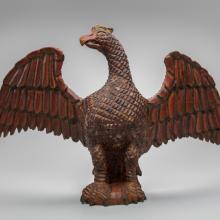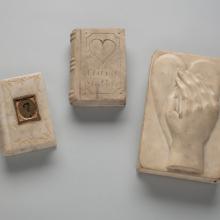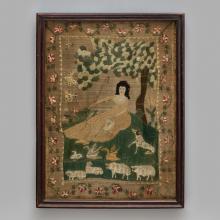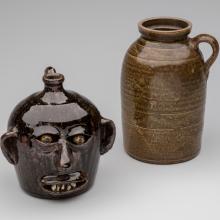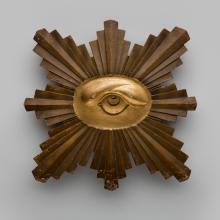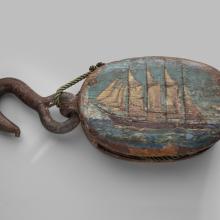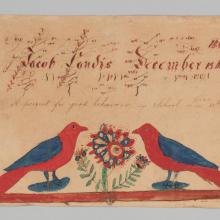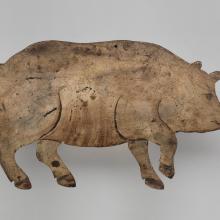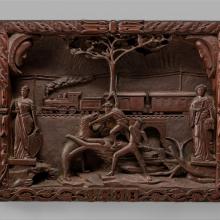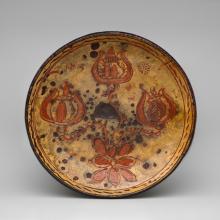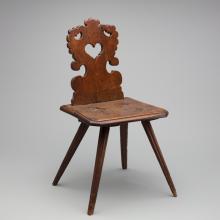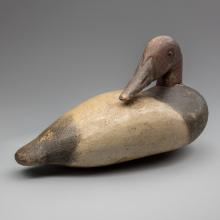American Folk Art: An Enduring Legacy
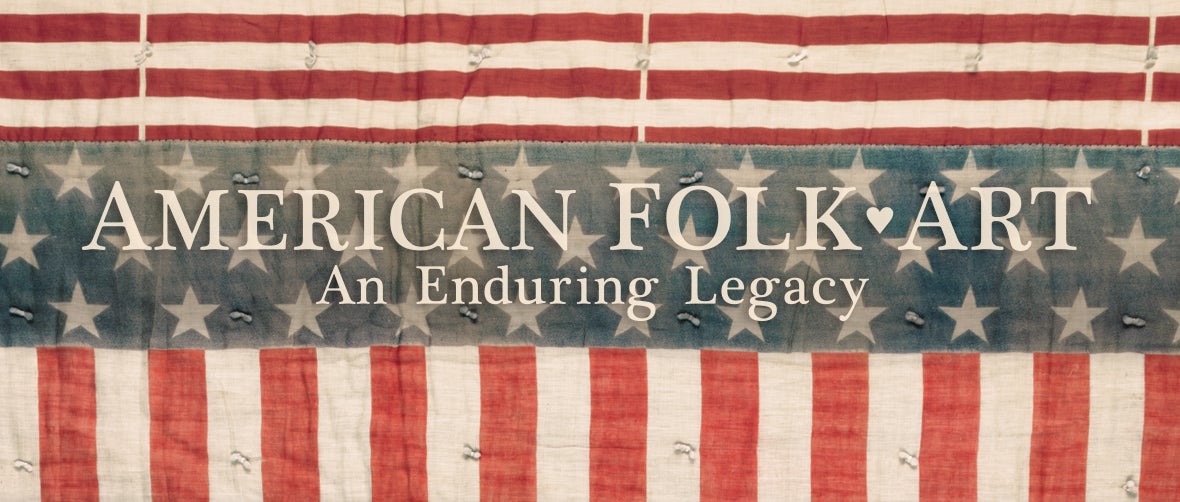
American Folk Art: An Enduring Legacy
 From the late eighteenth century through the early twentieth century, American folk art flourished. Unlike academic or fine art, folk art typically derives from deeply-rooted community traditions, with master craftspeople developing a local style emulated by others and passed from one generation to the next. Folk art commonly serves both utilitarian and decorative purposes and historically tends to thrive in rural communities. For example, in the agricultural South, small family-run pottery workshops, which made sturdy stoneware vessels with distinctive glazes, continued in production well into the twentieth century.
From the late eighteenth century through the early twentieth century, American folk art flourished. Unlike academic or fine art, folk art typically derives from deeply-rooted community traditions, with master craftspeople developing a local style emulated by others and passed from one generation to the next. Folk art commonly serves both utilitarian and decorative purposes and historically tends to thrive in rural communities. For example, in the agricultural South, small family-run pottery workshops, which made sturdy stoneware vessels with distinctive glazes, continued in production well into the twentieth century.
In southeastern Pennsylvania, German-speaking European immigrants, referred to as Pennsylvania Germans, produced some of the country’s liveliest folk art. Even those of very modest means took time to embellish and beautify their homes and furnishings. Pennsylvania German folk art is easily recognized by its elaborate decoration, with bright colors and motifs, such as birds, hearts, and flowers. Some of the most notable forms include fraktur or illuminated writing, hand-painted wood and tin utensils, lead-glazed earthenware, and painted or carved furniture.
American folk art often reflects a deep sense of patriotism. The majestic North American bald eagle, an emblem of freedom, became a favored image of artists in the burgeoning nation, as did the stars and stripes of the American flag. Abraham Lincoln and other beloved presidents were memorialized in a variety of mediums.
Sailors made scrimshaw, one of the earliest forms of American folk art, by chiseling designs into the surface of polished whale teeth and bones, and then filling them in with black ink. Meanwhile on land, craftsmen developed new versions of one of the few indigenous types of folk craft, used for centuries by Native Americans, in the form of hand-painted, wooden decoys intended to lure wildfowl.
American artisans combined long-held traditions and regional influences with ingenuity and creativity to create a variety of folk art. This exhibition presents weathervanes, fraktur, southern stoneware, and wooden canes, alongside more unusual items, such as carved stone books and fraternal-order plaques.
Learn more! Download the American Folk Art: An Enduring Legacy education program here.
©2017 by the San Francisco Airport Commission. All rights reserved.
